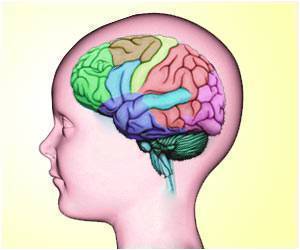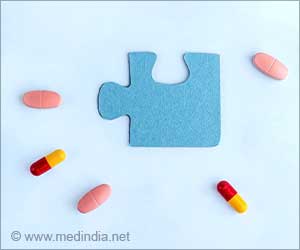Scientists use a $3 epilepsy medicine to 'cure' autism in mice.
- In the lab, researchers turned off MYT1L (Myelin transcription factor 1 like) in mice and human nerve cells
- They demonstrated autistic characteristics such as social impairments and hyperactivity //
- A low-cost epilepsy medication aids in the reversal of symptoms in mice
Lamotrigine as a Treatment for Autism
Lamotrigine, marketed as Lamictal, proved effective in reducing behavioral and social issues associated with the disease, which is becoming more frequent in the United States. The medicine, which costs about $3 per pill (£2.50), is supposed to operate by correcting alterations to brain cells induced by a genetic mutation. Autism-related behavioral disorders are linked to a wide range of genetic changes. The Hector Institute for Translational Brain Research (HITBR) has discovered a new molecular etiology of this illness.MYT1L, a transcription factor, generally protects nerve cells’ molecular identity. When it is turned off genetically in human nerve cells or mice, it causes functional abnormalities and symptoms associated with autism. In mice, a medication that blocks sodium channels in the cell membrane can restore the effects of MYT1L failure and improve functional and behavioral problems.
Autism spectrum disorders (ASD) are characterized not only by deficits in social interaction, communication, interest formation, and stereotypical behavior patterns but also by other abnormalities such as seizures or hyperactivity.
Scientists are working hard to identify the molecular anomalies that contribute to this complex developmental condition. Autism has already been linked to a plethora of genetic variables that alter the molecular programming of nerve cells.
Moritz Mall of the Hector Institute for Translational Brain Research (HITBR) has been studying the role of the protein MYT1L in neuronal illnesses for a long time. The protein is a transcription factor, which determines which genes are active and which are not in the cell. Almost all nerve cells in the body generate MYT1L throughout their lives.
Mall demonstrated a few years ago that MYT1L protects nerve cell identity by blocking alternative developmental pathways that instruct a cell to become muscle or connective tissue, for example. Mutations in MYT1L have been linked to a variety of neurological disorders, including schizophrenia and epilepsy, as well as brain abnormalities.
MYT1L deficiency results in electrophysiological hyperactivation in rat and human neurons, impairing nerve function. MYT1L-deficient mice developed brain abnormalities such as a thinner cerebral cortex. The mice also displayed ASS (Acute Swim Stress) like behavioral alterations such as social impairments and hyperactivity.
Drugs that inhibit sodium channels have long been utilized in clinical practice. Among these is lamotrigine, which is used to prevent epileptic seizures. MYT1L-deficient nerve cells’ electrophysiological activity was restored to normal after being treated with lamotrigine. The medicine was even able to reduce ASD-related behaviors like hyperactivity in mice.
Drug Treatment in Adulthood
"Apparently, drug treatment in adulthood can alleviate brain cell dysfunction and thus counteract the behavioral abnormalities typical of autism—even after the absence of MYT1L has already impaired brain development during the developmental phase of the organism," explains Moritz Mall. However, the results are still limited to mouse studies; clinical trials in individuals with ASD problems have not yet been undertaken. The initial clinical trials are in the planning stages.Source-Medindia















